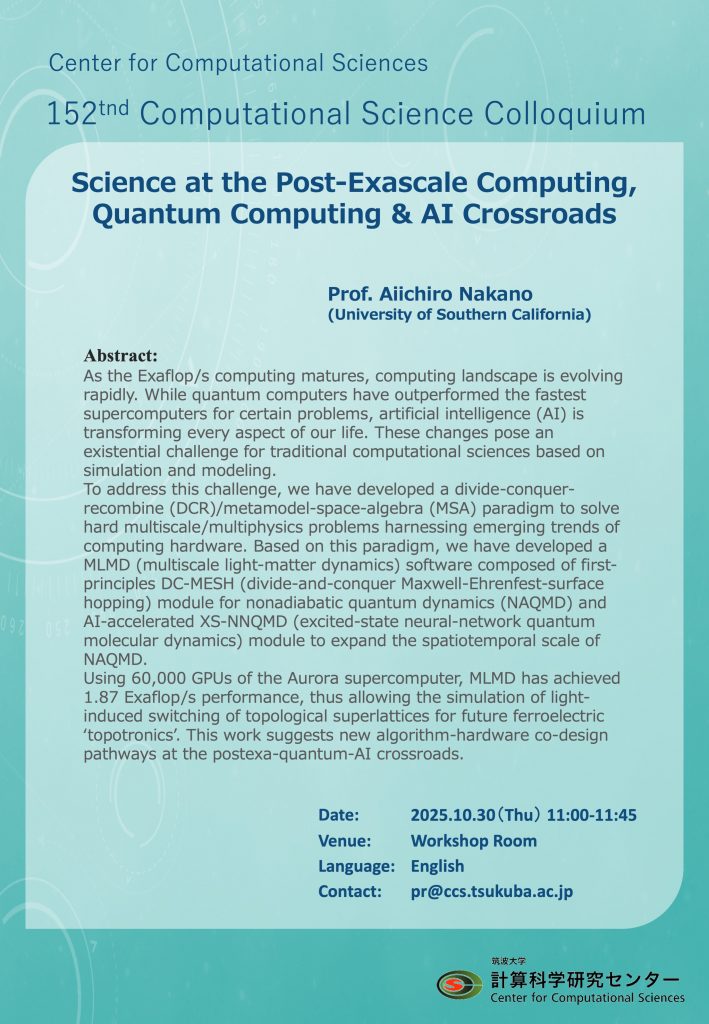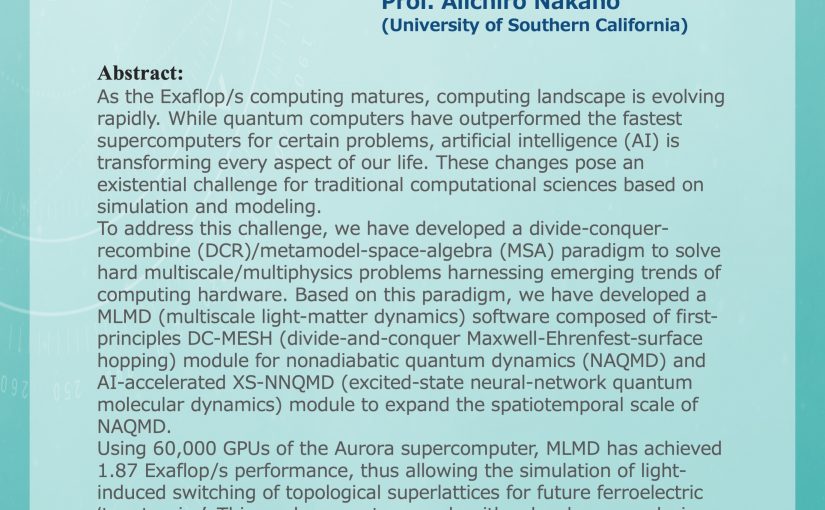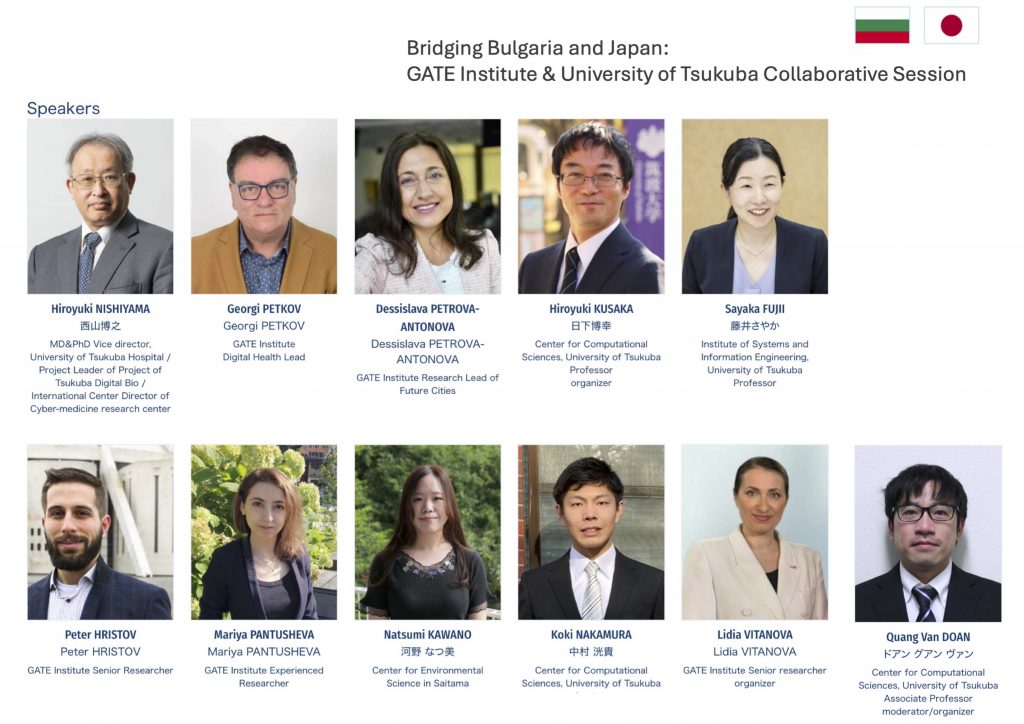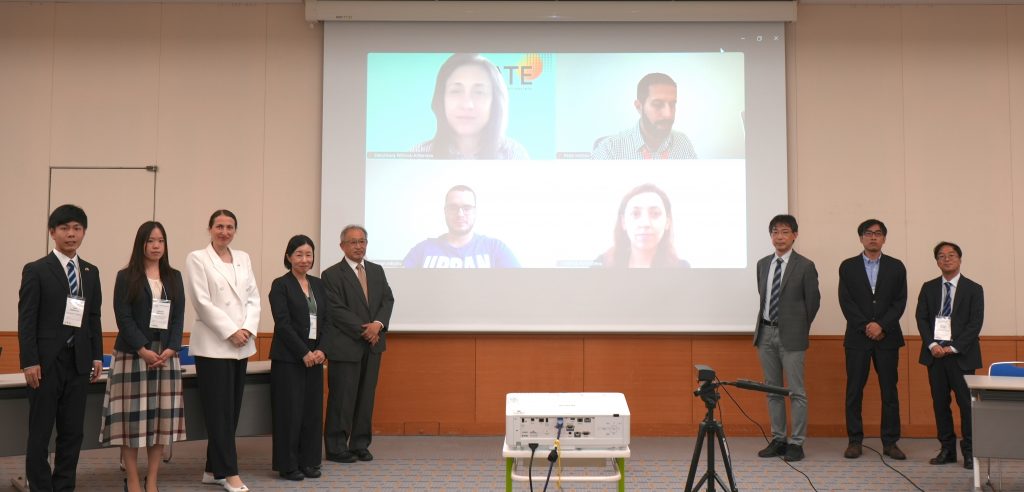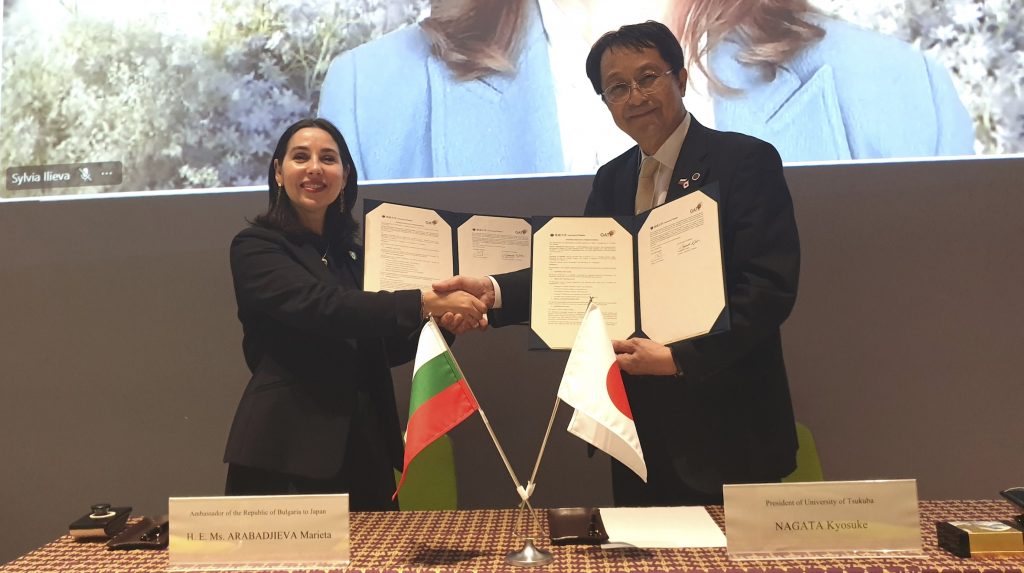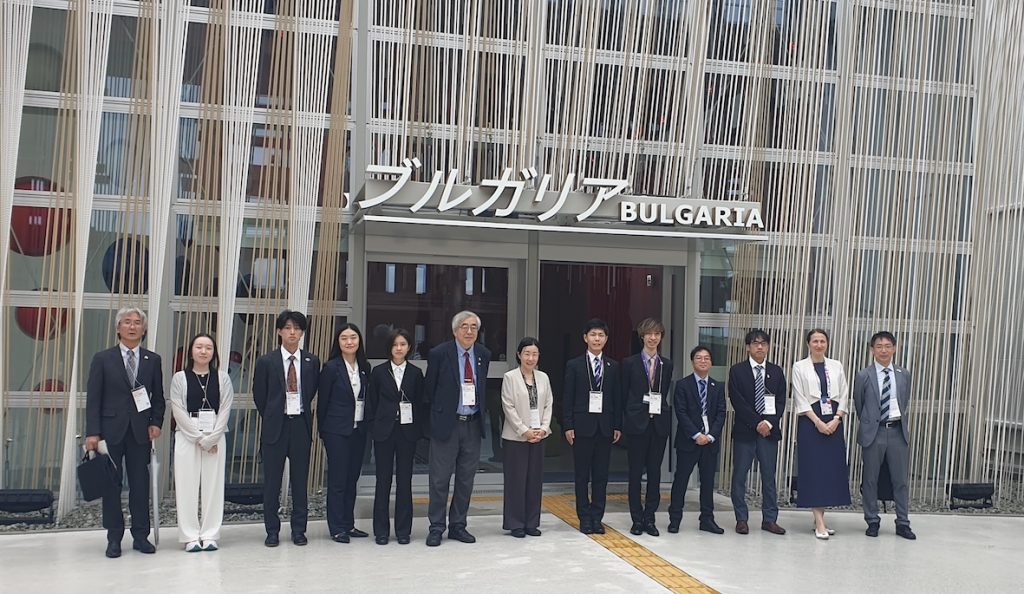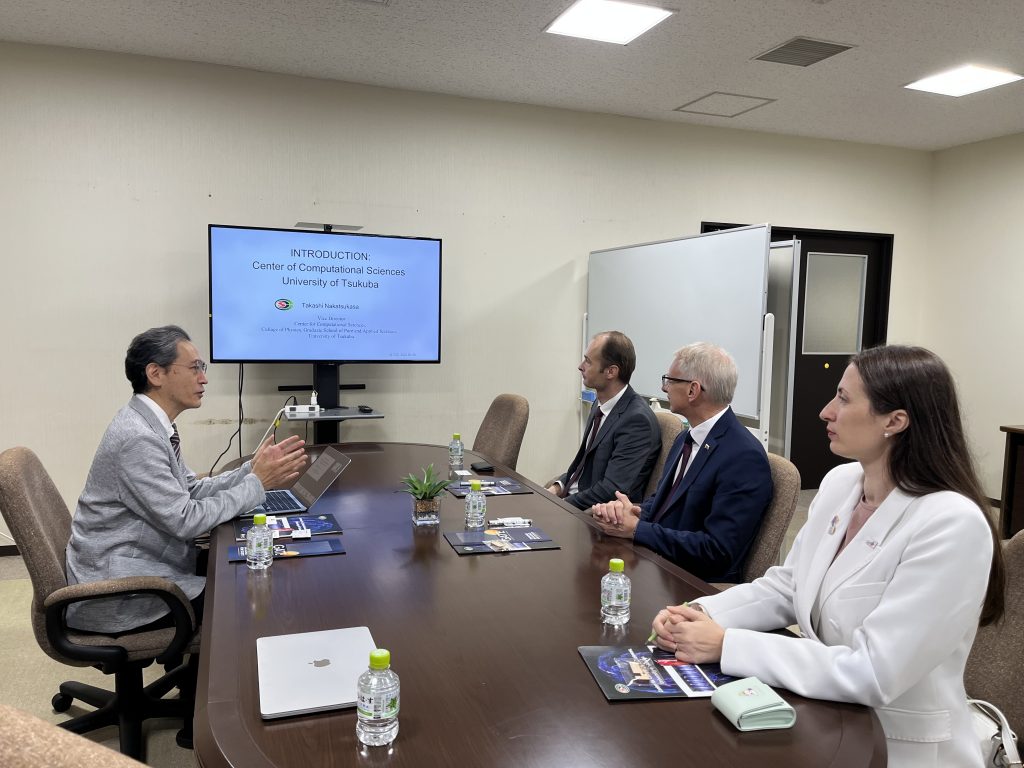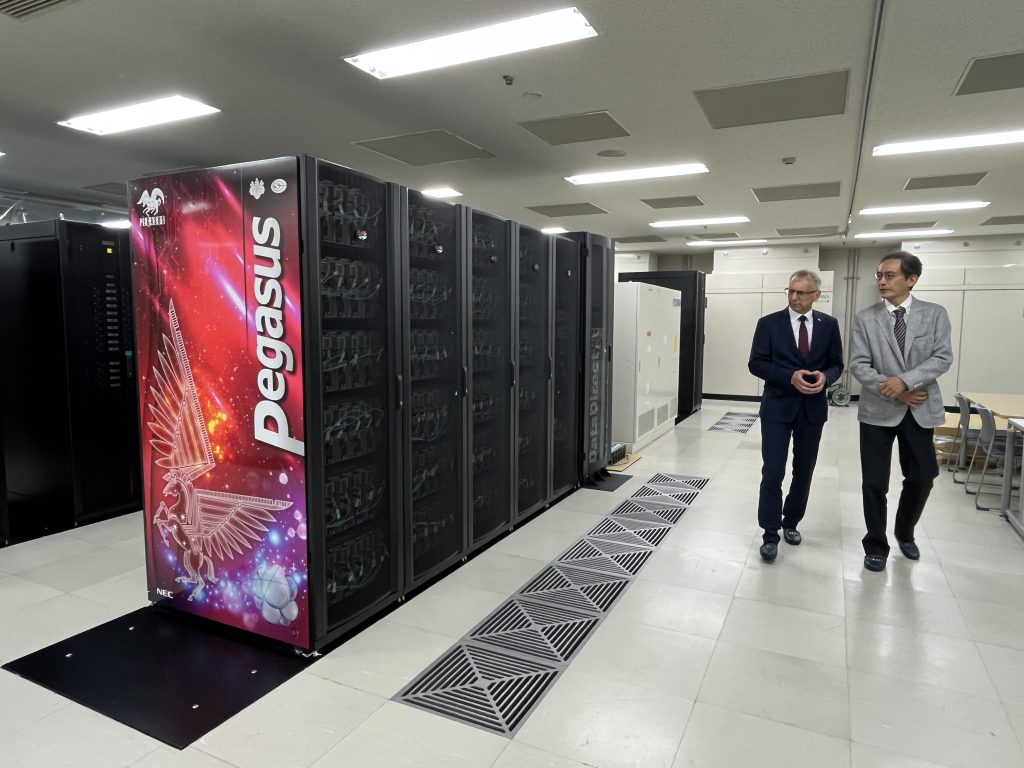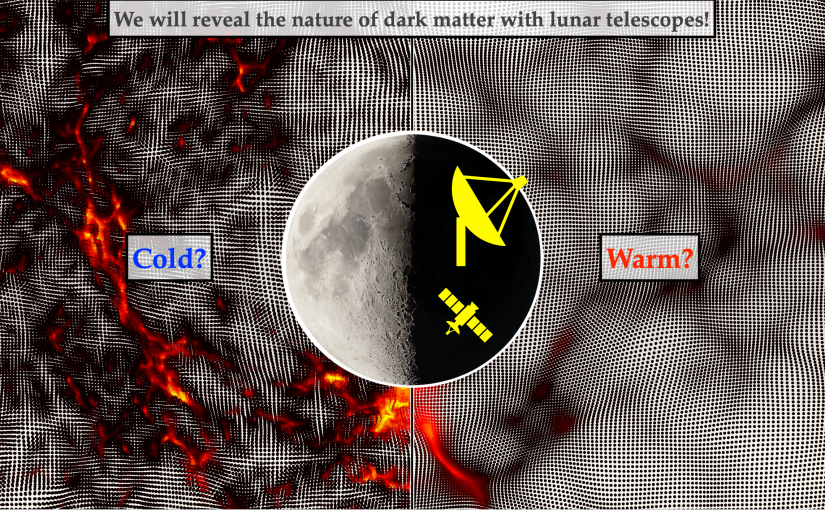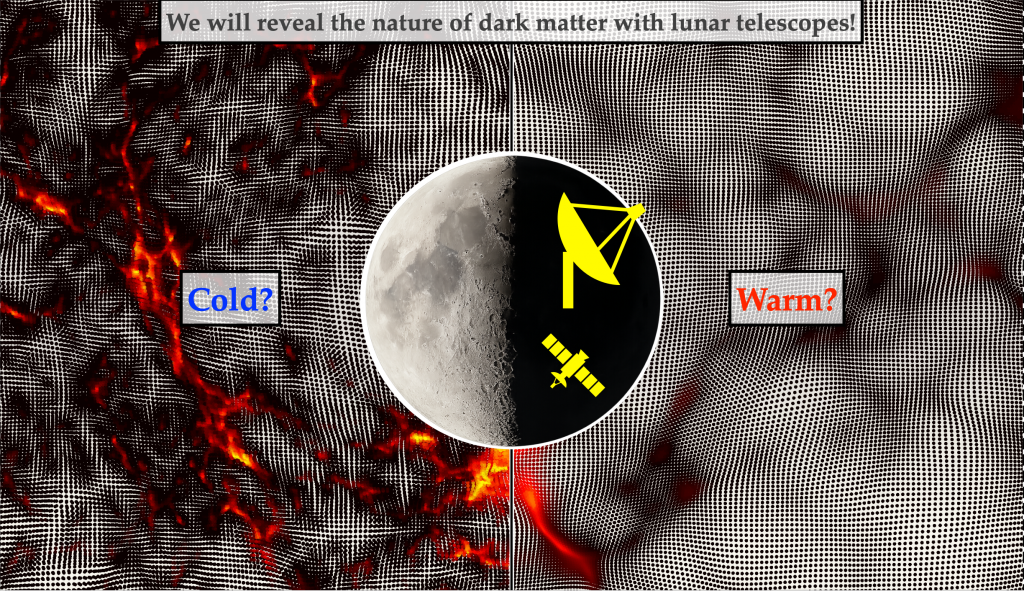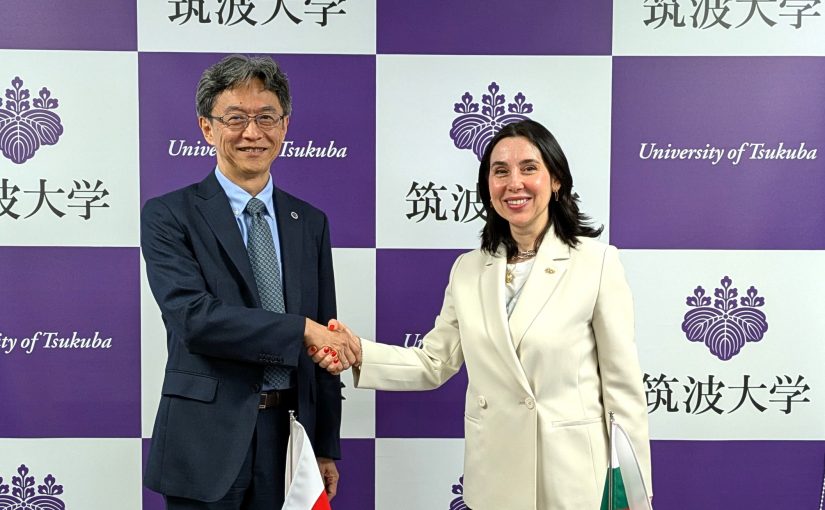On August 29, the first day of the innovation dialogue event “Digital Synergies: Bulgaria–Japan Dialogue on Digital Twins, AI, Data Spaces & Urban Futures” was held as a symposium at the International Conference Hall of the Tsukuba University Hall.
The event was co-organized by the Center for Computational Sciences (CCS), University of Tsukuba, the Big Data for Smart Society Institute (GATE) in Bulgaria, and the Embassy of Bulgaria in Japan. It was held under the auspices of the Ministry of Land, Infrastructure, Transport and Tourism (MLIT) and the Japan External Trade Organization (JETRO) from Japan, as well as the Ministry of Education and Science, the Ministry of Innovation and Growth, and the Ministry of Economy and Industry from Bulgaria.
Participants from industry, academia, and government gathered to exchange views on the possibilities of international collaboration in the fields of urban digital twins, AI, big data, and smart cities.

Scene from the symposium on the 29th. Many participants also joined online.
Prior to the symposium, H.E. Ms. Marieta Arabadjieva, Ambassador of Bulgaria to Japan, visited the University of Tsukuba and had a courtesy meeting with Prof. Yasunori Endo, Vice President for Research.
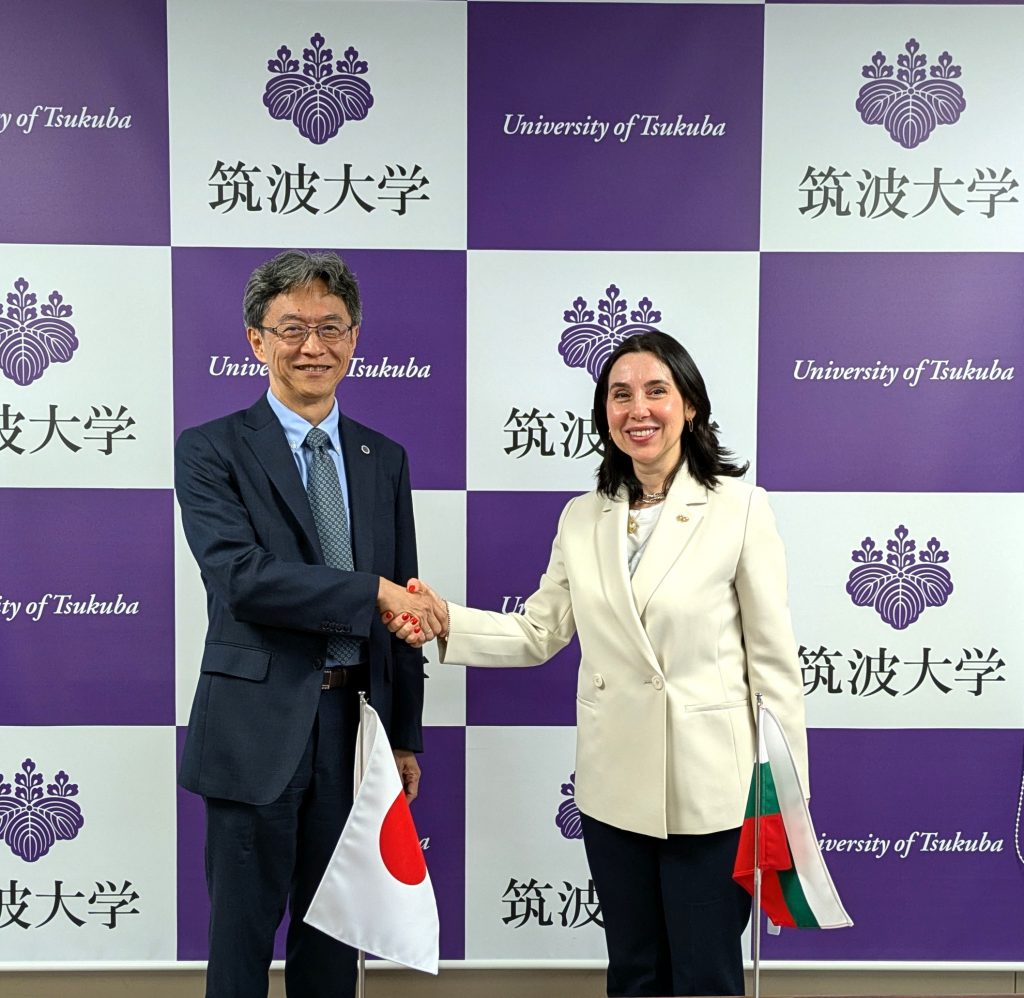
Right: H.E. Marieta Arabadjieva, Ambassador of Bulgaria to Japan; Left: Prof. Yasunori Endo, Vice President for Research, University of Tsukuba.
On August 30, the second day of the event took place at the Bulgaria Pavilion of Expo 2025 Osaka, Kansai. Presentations were delivered to pavilion visitors to showcase the achievements of collaborative research between GATE and CCS.
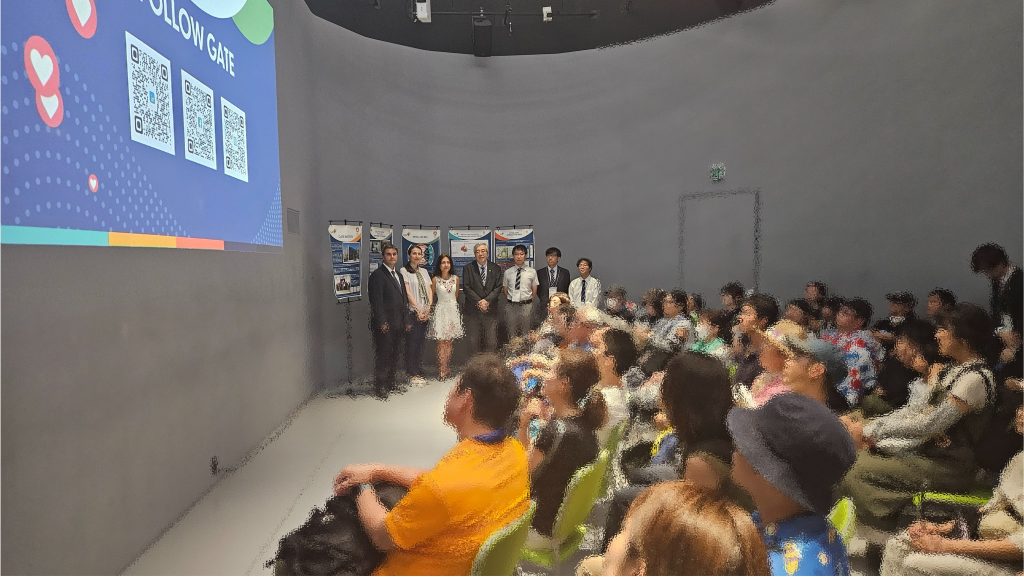
Presentation at the Bulgaria Pavilion.
The GATE Institute serves as a hub for fundamental and applied research in big data and AI with high social impact, while also promoting innovation and education in collaboration with government, industry, and entrepreneurs. The Center for Computational Sciences will continue to advance joint research, information sharing, and exchange with GATE—particularly in the field of meteorology, which is crucial for building smart cities and smart societies—striving to deliver research outcomes that benefit society.
 (provided by Hiroyuki Kusaka)
(provided by Hiroyuki Kusaka)
